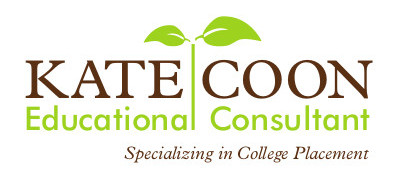Use relevant keywords within your headings naturally and ensure they accurately describe the content within each section. Well, because having a mobile-friendly website improve user experience and can generate traffic. You can add it to your website to increase time on site and reduce bounce rate – both important engagement factors that can affect rankings. Say you wanted to write about “how to become a freelance writer,” for example.
While keyword use still matters, prescriptive methods like using an exact-match keyword in specific locations a requisite number of times is no longer a tenant of on-page SEO. For each of your pages, ask yourself how relevant the content is SEO Anomaly to the user intent behind search queries (based on your keyword usage both on the page and in its HTML). On-page SEO refers to optimizing both the content and HTML source code of a page. In addition to publishing relevant, high-quality content, on-page SEO includes optimizing your headlines, HTML tags (title, meta, and header), and images.
A well-rounded SEO strategy requires a balance of both On Page and Off Page efforts. To better cater to customer needs and encourage repeat purchases, I recommend adding personalised product recommendations to your product pages. This can be as simple as adding a “recommended for you” or “you may also like” section to your product pages, encouraging shoppers to take a look at other items in your store. The way that your website looks, feels, and runs can significantly impact product page SEO. If your website speeds are slow or your buttons are unresponsive, shoppers are likely to grow impatient with your store and head to a competitor’s page instead.
By placing it in the URL, Google will understand the context of your page better. If Google saw your title said “How to Change a Tire” but your page just listed different types of tires, they wouldn’t rank your page for that keyword. It wouldn’t be relevant to the user’s query because it doesn’t focus on changing tires.
SEO CONTENT
It’s typically easier to decipher the search intent behind long-tail keywords since they are more specific. For the best results, limit your title tag to 50 to 60 characters to prevent Google from cutting it off in search results and use your targeted keyword at the beginning. Regular monitoring and updates are essential—at least once a month for routine checks. Conduct more in-depth assessments every quarter to ensure your content stays relevant and aligned with evolving search engine algorithms.
Technology & Metadata
When you publish something on your site, you send as many people as you can to your post. This time, I made sure to publish something that someone searching for “SEO campaign” would love. So I just kind of ignored the problem and hoped it would go away. Specifically, journalists looking for stats to include in their articles.
- You can have tons of backlinks and a technically sound website, but without optimizing the on-page elements you still won’t be as successful.
- First, use an SEO tool like Semrush’s Backlink Analytics and its “Indexed pages” report to bring up the pages on your site with the most backlinks (a decent measure of authority).
- Google uses internal links as signals to better understand your page’s content and how different pages work together.
- While it doesn’t directly impact your ranking, your meta description can help guide people to choose your listing.
- On average, on-page SEO services cost $1500 to $5000 per month.
- The featured snippet is a box that appears at the top of certain search queries and provides helpful information to searchers.
Though all are relevant for SEO, the most prominent title for SERP ranking is your H1 title, otherwise known as your headline. If you’re new to working on SEO, on-page optimization is a good place to start before moving on to advanced practices. Here’s a breakdown of what on-page SEO is, how it can help your website, and a step-by-step list of techniques to use. Break down complex topics, explain technical terms, and use examples when needed. A shopper needs product details, while a researcher wants comprehensive information. The tool makes it easy to analyze your competitors’ keyword usage.
Wrap Your Keywords into Headings
Image files that are too big take ages to load (that can mean a few seconds in the SEO world). Therefore, you should optimize the image sizes and find the ideal balance between size and quality. To test the page speed, you can use PageSpeed Insights from Google. Besides the speed score, you’ll also get tips and hints on how to improve the site speed.


No comments yet.